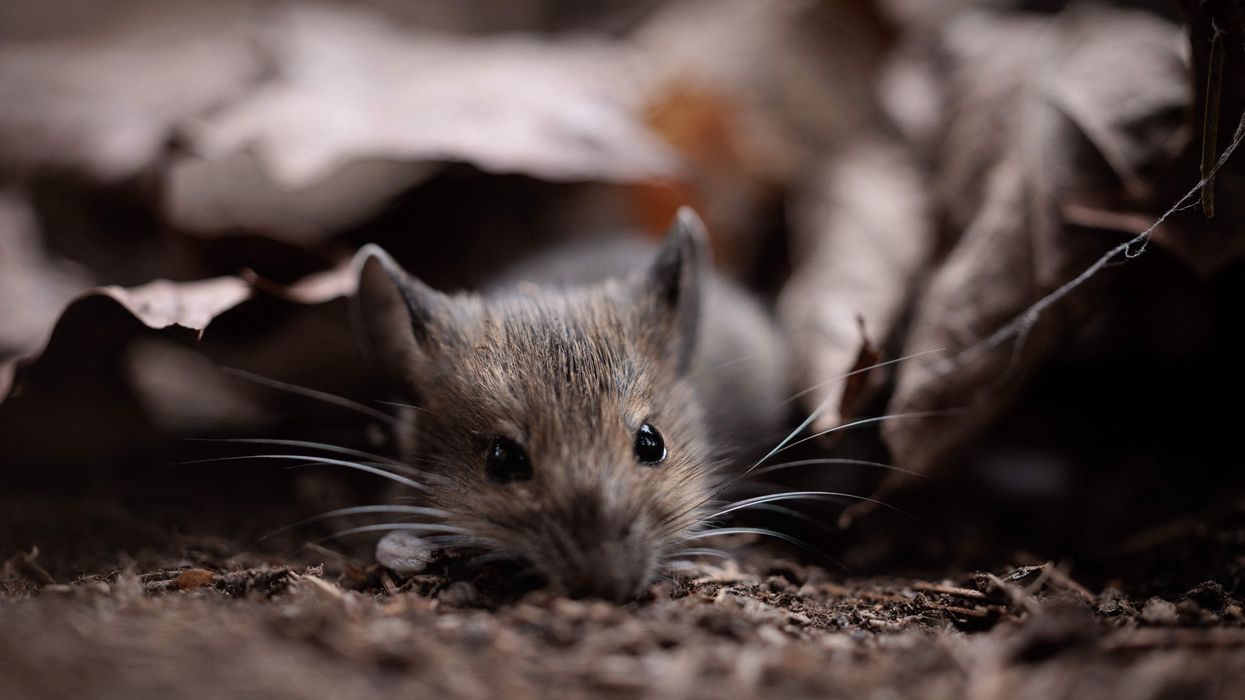Becca Monaghan
Apr 08, 2024

Getty Images
Scientists accidentally created a mouse with six limbs, in place of genitals, which lifted the lid on animal development and how changes to DNA can impact development.
Researchers at Gulbenkian Science Institute in Oeiras set out to explore how a certain receptor protein, Tgfbr1 (transforming growth factor beta receptor I), works during embryo growth. Tgfbr1 helps genes produce by deciding what cells become (For example: a nerve cell or muscle tissue).
Developmental biologists Anastasiia Lozovska, Moisés Mallo and fellow researchers inactivated Tgfbr1 in mouse embryos approximately halfway through development to investigate how it affected the development of the spinal cord.
The team compared 10 to 17-day-old mouse embryos with and without functioning versions of Tgfbr1.
Scientists were aware that, in most four-legged mammals, the genitalia and the hind limbs develop from the same early structures.
To their surprise, they found that an embryo developed extra limbs instead of genitals, with organs growing outside of the mouse's body.
While the study was centred around mice, Mallo suggested that early developmental pathways can be similar across different mammals. This suggests that the learnings from the mouse embryos can be translated across to human development.
Mallo told Newsweek: "I would actually expect the same would happen in humans, but of course, this cannot be experimentally tested."
The researcher also suggested it could provide insight into how our ancestors evolved.
"It is thought that limbs developed from the fins of aquatic vertebrates when they left water to conquer dry land," Mallo explained to the publication.
"During this process, contrary to what happens in fishes, the pelvic appendage (hindlimb in tetrapods, pelvic fin in fishes) develop in the same embryonic space as the external genitalia. This implies that their development must be very precisely coordinated in order to generate hindlimbs that allow locomotion in their ecological niche, as well as compatible genitals that allow mating."
He continued: "This was solved by the acquisition of a common regulatory mechanism involving a considerable share of the regulatory factors. Modulation of the response to those factors provided enough plasticity to generate the required diversity in the area of the hindlimb/genital area of tetrapods adapted to different ecological niches."
Further studies will help scientists understand more about the early processes and help address developmental challenges and diseases.
The results were published in the journal Nature Communications.
How to join the indy100's free WhatsApp channel
Sign up for our free Indy100 weekly newsletter
Have your say in our news democracy. Click the upvote icon at the top of the page to help raise this article through the indy100 rankings.
Top 100
The Conversation (0)













